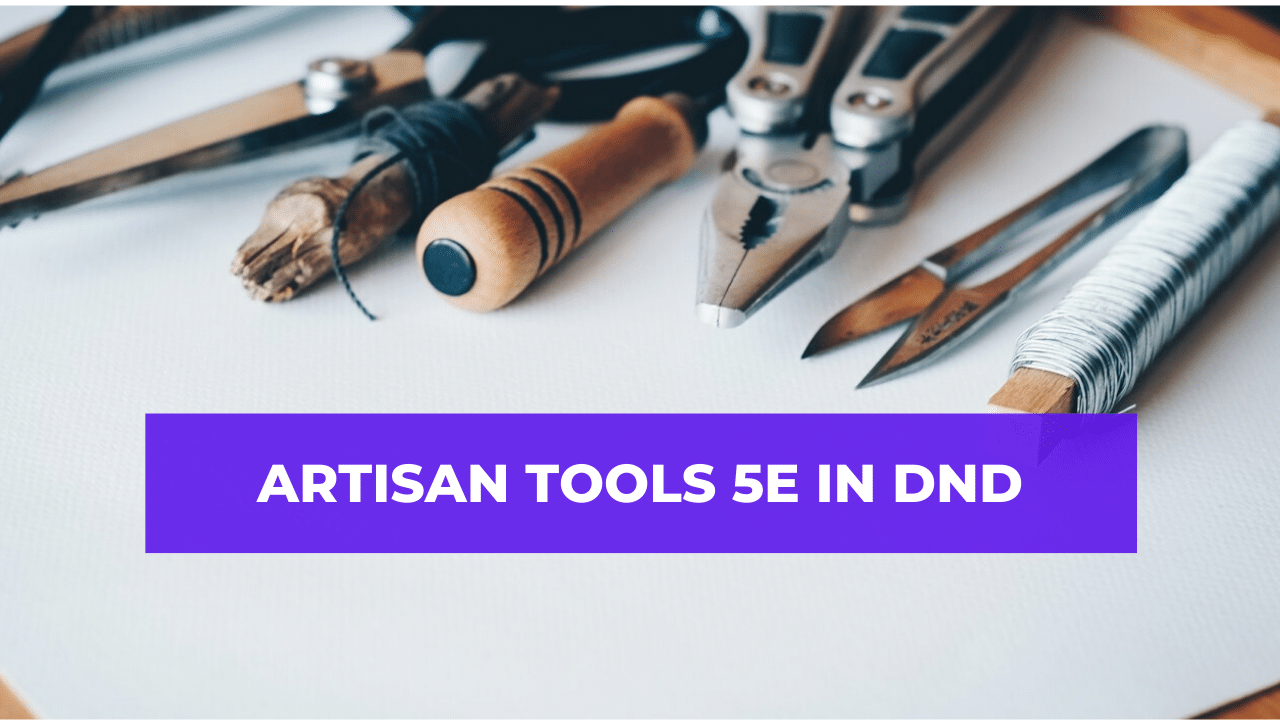Nowadays, the majority of websites are mobile-friendly. The main reason is that most online consumers browse the web using a mobile device, such as a smartphone or a tablet. In fact, there are 4.66 billion active Internet users in the world, of which 92.6% (4.32 billion) are mobile users.
Therefore, having a mobile-friendly website is simply a must these days. Moreover, Google introduced mobile-first indexing back in 2019, giving ranking and visibility priority, as well as boost, to mobile-friendly websites.
That said, both the consumers and search engines expect that your website is properly optimized for mobile. But how do you optimize a website for mobile devices? Many websites had to be redesigned completely.
Having two versions of the same website – one for desktop and the other for mobile devices – is no longer viable. Instead, websites are created to be mobile-friendly in the first place.
With that in mind, here are a few ways to create the best mobile-friendly website design.
-
Choose the mobile-first approach
Creating a website isn’t as easy as people may think. There are a lot of factors to consider before you even begin creating a website. That said, consider using a mobile-first approach when creating your website.
What that means is that you create a website primarily for mobile devices. Think of it this way; if you were to consult with a digital marketing company, they’d tell you that optimizing your website for mobile devices is more important.
The main reason is that mobile-first indexing is more relevant for boosting your SEO than the rest of the strategies you’ll implement later on. The same goes when creating a website. Using a mobile-first approach means that you’re focusing on the needs of mobile users.
That includes focusing on mobile experience factors, such as size constraints, interacting with a single hand, input using tapping or swiping and so on. Therefore, a mobile version of the website is the “main” one.
Keep in mind that this doesn’t doom desktop versions to minimalist sparsity. Quite the contrary, it is easier to expand on a simple layout than to simplify a complex one, which means that you can easily expand your mobile-first website layout to suit the needs of desktop users.
-
Choose the proper design
The main question is which design is best suited for a mobile-friendly website? There are two options to consider: a responsive design or an adaptive one.
Simply put, a responsive design adjusts your website content to match the screen size of the device consumers are using at the moment.
Those devices range from smartphones to desktop PCs. On the other hand, an adaptive design creates a unique website layout for each device and screen size.
For example, if someone visits your website using a smartphone, your website will load the smartphone version of the layout.
The same goes for other devices, such as tablets, laptops, desktops and so on. So, which option is better? If you’re not sure which design to opt for, try consulting with professionals.
For instance, if you operate in New York, try finding an experienced New York web design company that can help you decide. Both options are equally viable with their unique pros and cons. It all comes down to your business needs, as well as the needs of your target audience.
-
Consider minimalism
Everyone knows that rich and colorful websites are trending these days. However, you have to resist the urge to pack your website with content and visuals if you want to have a mobile-friendly website that’s also highly functional.
After all, there are only so many things that can fit the smartphone screen at once.
Therefore, consider minimalism as your priority when creating your website. That doesn’t mean you’ll have to remove a lot of elements. Instead, you’ll have to ensure that mobile users can seamlessly interact with content on your website. Here are a few things you should do.
- Use recommended size dimensions for mobile devices when it comes to images, typography hierarchy, CTA and other button size, fonts, multimedia and so on.
- Optimize for portrait orientation.
- Minimize the menu.
- Use short forms fields and text input.
- Collapse secondary content.
- Make your content thumb-friendly.
-
Use Accelerated Mobile Pages (AMP)
Website speed is of vital importance for both SEO and user experience. This is especially true for mobile users as most of them will abandon your pages if they take longer than three seconds to load.
Despite such high expectations, the average mobile page loading time is 4.6 seconds.
That’s why AMP may come in handy. Accelerated Mobile Pages (AMP) is an open-source HTML project developed by Google. The purpose of AMP is to optimize mobile browsing and significantly boost page loading time.
The way it works is that you basically create a copy of your website content using the HTML format. Those copies can be cached by browsers and CDN (Content Delivery Network). According to Google reports, AMPs can load in less than a second and they use ten times fewer resources than their counterparts.
AMPs support third-party integrations meaning that any individual or organization can create solutions using the AMP framework, provided they follow project specifications.
Therefore, when it comes to improving page loading time and user experience, AMP may be the right solution for your mobile-friendly website.
-
Avoid poorly designed pop-ups.
We all know that websites use pop-up ads for lead generation and conversion rate optimization strategies. However, online consumers are tired of pop-up ads and they just want those to go away permanently.
This is especially true for poorly designed pop-ups that appear on mobile devices. More often than not, consumers have difficulties turning these off and they even accidentally click on those ads while trying to close them.
This builds up frustration and anger and will significantly hurt the customer experience. People hate these so much that Google started penalizing websites for using aggressive and disruptive pop-ups. But getting rid of these ads isn’t really an option for a lot of websites.
After all, this is one of the methods a lot of website owners use to generate additional revenue. So, what to do? Fortunately, there is a way to keep pop-up ads without aggravating your customers. Here are a few things you should do.
- Avoid pop-ups that cover the whole screen or hide the majority of content on the page behind them.
- Use partial modal pop-ups.
- Consider top or bottom-aligned bars.
- Use push notifications.
- Leverage inline banners within the content itself.
Such pop-up models are generally tolerated by consumers. Some users may even click on them to explore the offer further. The key is to not force consumers to deal with pop-ups but instead allow them to bypass them seamlessly.
Creating a mobile-friendly website can be a daunting task, especially if your target audience has high expectations.
Still, if you take the time to consider your options and focus on factors that will impact user experience the most, you’ll be able to create a truly seamless and mobile-friendly website.
Moreover, you can always test and tweak your design until you achieve the perfection that you need.
Author bio:
Tomas is a digital marketing specialist and a freelance blogger. His work is focusing on new web tech trends and digital voice distribution across different channels.













